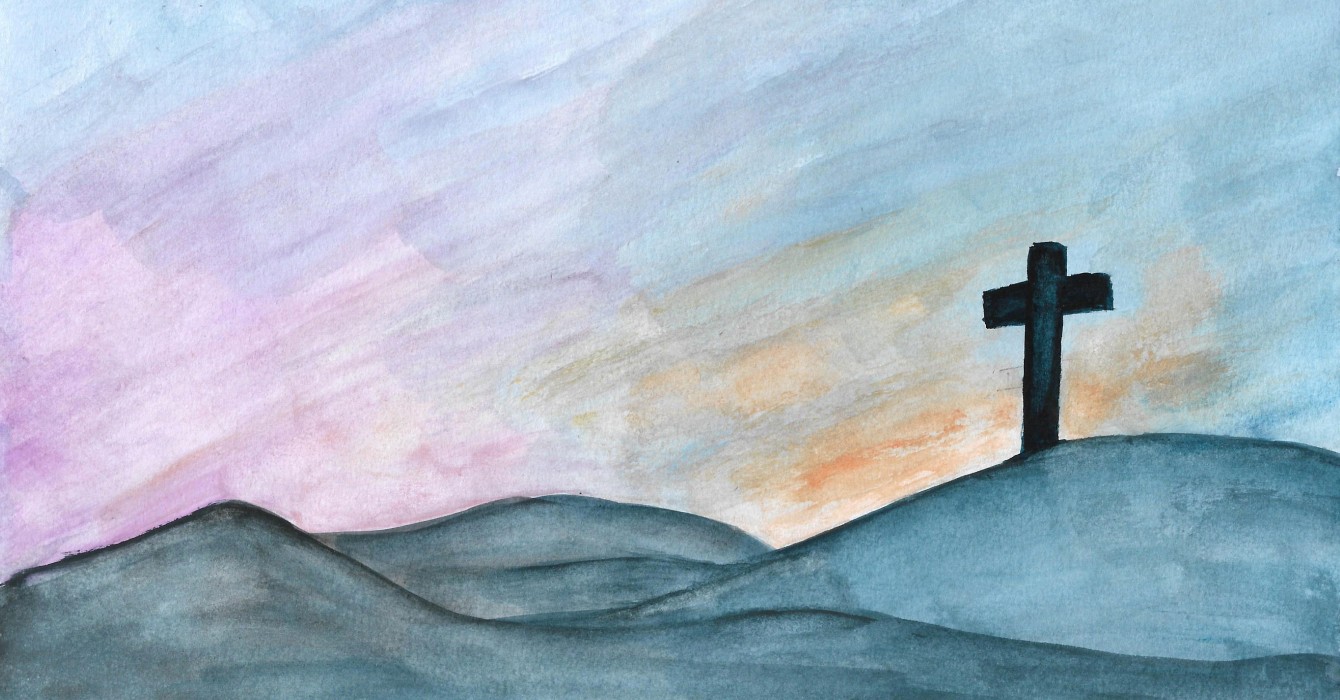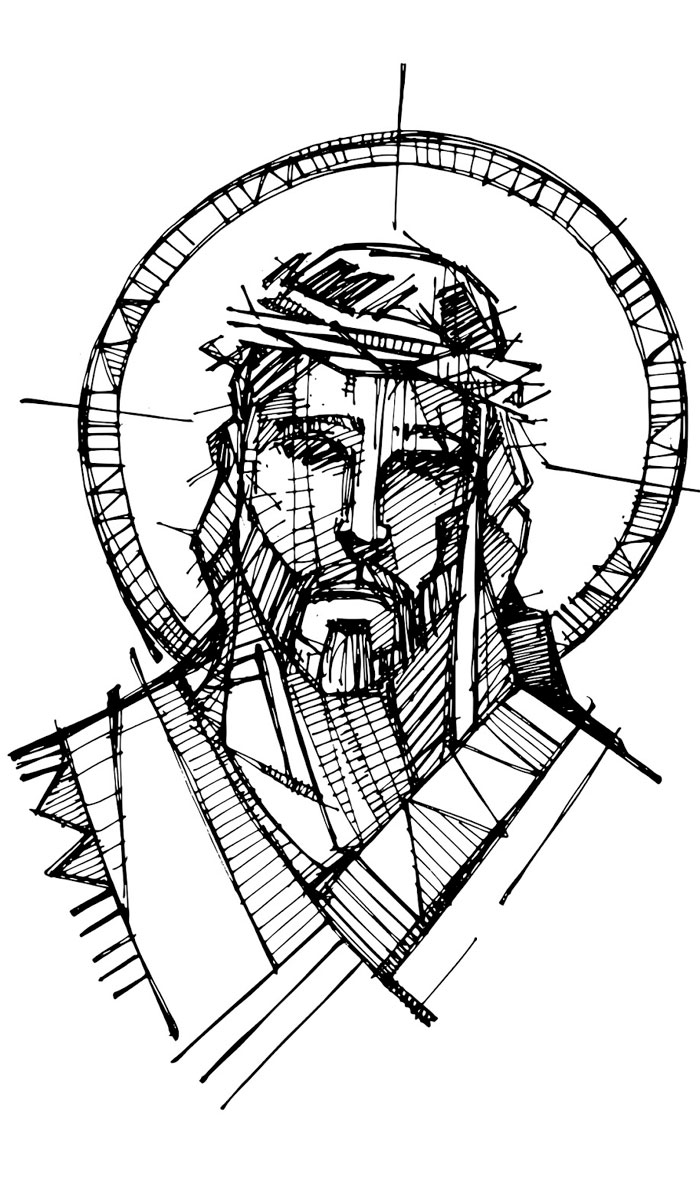A heavy wooden cross, studded with nails and pocked from hammer blows, hung on the wall at the room’s far end. At the suggestion of their therapist, my friends -- Luke’s parents -- had created this room as a place of mourning, of rage, of grief and complaint. Several months before, to escape relentless depression, Luke had taken his life. This was the place his parents and siblings could give vent to their devastation and lay bare their emotions before God.
The first time they showed me the “anger room,” I fell silent almost instantly. We’d come in from a day spent on the lake behind their house, lightly burnt from the summer sun, our skin still smelling faintly of the water that had lapped around our legs as we dangled them from the back of the boat. The hum of air conditioning muted the buzz of ski boat engines as we spoke in hushed tones and descended the stairs to their basement -- and then, as we entered the rectangular space that had formerly been Luke’s rec room, we ceased talking altogether. Across the walls was a pastiche of scrawled U2 lyrics, psalms of lament, memories of Luke’s childhood and adolescence and young adulthood, gaping holes in the sheetrock from where a baseball bat missed its punching bag target, a line of epithets tinged with sorrow that could have been either prayers or curses -- or both.
It’s been several years since I was welcomed into that sanctuary of expressed anger. My friends now wonder what to do with the space. Their grief ebbs and flows and they no longer feel the pressing need to scream and thunder as they once did. Perhaps it’s time to paint over the anguished writing and repair the gash in the wall from the misfired bat. But something holds them back. They recognize the need to maintain a memorial that doesn’t whitewash the horror of the loss of their son. They need some place, still, that acknowledges the true terribleness of what happened.
With Good Friday upon us, I find myself remembering the giant cross in my friends’ “anger room.” Adorned by votive candles and a gilt-edged Bible, it looks almost lovely, like it belongs in one of those softly lit magazine photo spreads, alongside an advertisement for a weekend cottage getaway or a pastel-toned watercolor landscape. But then you remember that every one of those crooked nails sticking out of its rough-hewn trunk and arms is an emblem of pain -- raw, gut-wrenching, horrible, real pain. You can’t varnish the scene any more, tailoring it to your own aesthetic sensibilities.
Martin Luther famously distinguished between a “theology of glory” and a “theology of the cross.” In the former you find yourself substituting a crown of thorns and a body of nailed flesh for a more palatable scene. But with a “theologia crucis,” you can call a spade a spade. You can look grief and loss in the face and identify them for what they are. There’s room -- maybe even a literal room that you set aside in a basement -- for rage and sobbing and protest and fear and horror.
The great English-American poet W. H. Auden once heard a lecture in which, as Edward Mendelson recounts the scene, the speaker said that, “Jesus and Buddha were the same in effect: they were both attacked by spears, but in the Buddha’s case, the spears turned into flowers.” Auden bristled at this, shouting from the back of the lecture hall, “ON GOOD FRIDAY THE SPEARS WERE REAL.”
If those spears were real, we can admit the spears we’ve felt are real, too. There’s no need to pretend we’re smelling roses when all we feel is metal piercing skin. Good Friday enables us to name the pain and face it.
Wesley Hill is a PhD student in the Department of Theology and Religion at the University of Durham in U.K.







